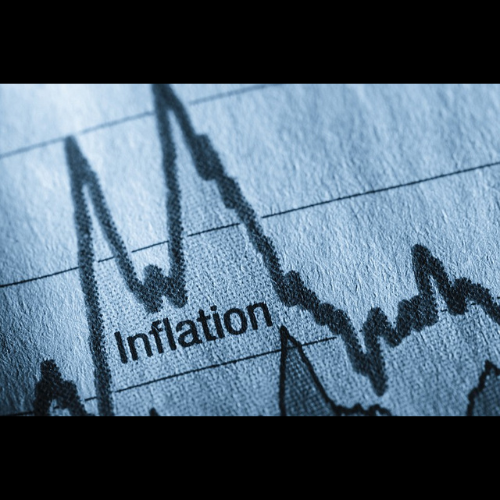Recent insights from a series of blog posts by researchers at the Federal Reserve Bank of New York have spotlighted the changing landscape of inflation disparities, specifically their impact on rural, Black, Hispanic, and middle-income households.
During the initial stages of the pandemic, rural areas were especially hit hard, experiencing inflation rates 2 percentage points higher than their urban counterparts in February 2022. This trend can be primarily attributed to the rural population’s greater expenditure on transportation. This sector faced significant upheavals due to fluctuations in used car costs and the erratic nature of gas prices throughout 2021 and 2022.
In the same vein, between early 2021 and June 2022, when the national annual inflation rate surged to a peak of 9.1%, Black, Hispanic, and middle-income households felt a disproportionate pinch. Like their rural counterparts, these demographic groups also had elevated transportation costs. Adding a layer of complexity, rural America has grown increasingly diverse over the past decade, with the rural Latino population playing a significant role in this shift, as highlighted by the Brookings Institution.
However, as transportation expenses began to stabilize, so did the aforementioned disparities. By December 2022, rural inflation descended below the national average. Hispanic households, which previously had a 1.5 percentage point inflation disparity in June 2021, saw a reduction to a mere 0.27 percentage points above the national rate by December. Similarly, Black households, which once faced a 1 percentage point inflation disparity, joined white households in experiencing a below-average inflation rate by the end of 2022.
Commenting on the dynamic nature of these disparities, New York Fed researchers Rajashri Chakrabarti, Dan Garcia, and Maxim Pinkovskiy stated, “As inflation spiked in 2021, largely due to variances in transportation costs across demographic and income groups, these disparities are now receding as transportation inflation aligns with the average inflation.”
Interestingly, the inflationary trend has shifted. As of now, Asian and Pacific Islander households are experiencing higher inflation rates than the national average. Conversely, middle-income households have seen a decline, with inflation rates currently below the national average. The most affected demographic currently appears to be low-income households. Additionally, younger individuals without a college degree, who had earlier witnessed heightened inflation rates, are now seeing a decline, with “older households currently experiencing slightly higher inflation than younger households, and prime-age households’ inflation rate below the national average.”
Analyzing the US’s Wholesale Inflation Trends
Shifting our focus to wholesale prices, recent data from the U.S. Labor Department revealed a moderate uptick in the producer price index — a precursor to consumer inflation. In July, this index rose 0.8% year-over-year, which follows a 0.2% rise in June — the lowest in almost two years. Major contributors to this increase include investment portfolio management services and a noticeable spike in wholesale meat prices in July.
Despite these fluctuations, analysts are hopeful. The July data still points towards an easing inflation trend. This sentiment is echoed in consumer price data, which showcased a 3.3% year-over-year rise in July. Encouragingly, core consumer inflation only saw a minor 0.2% increase from June.
Overall, inflation seems to be stabilizing, albeit persistently above the Fed’s 2% target. A combination of tempered price hikes and a sturdy job market is fueling optimism that the Federal Reserve might strike a delicate balance — tempering inflation without inducing an economic downturn.
Rubeela Farooqi of High Frequency Economics weighed in, noting that while the recent data shows producer prices exceeding expectations, the overarching trend still hints at inflation hovering close to the 2% mark. She believes the Fed’s latest rate hike in July could potentially be its last, but the upcoming economic reports might offer more clarity on this front.
Historically, a considerable inflationary surge was witnessed in 2021, sparked by a robust recovery from the pandemic-induced recession of 2020. By June 2022, consumer prices had leaped by a staggering 9.1%, marking the largest increase in 40 years. Much of this hike was due to overwhelmed supply chains. However, as supply-chain issues have started resolving over the past year, the pressure on goods prices has substantially reduced, with prices for durable goods even seeing a decrease in June.
Disclaimer: The author is not a licensed financial advisor and the content provided is for informational purposes only. Always consult with a certified financial advisor before making investment decisions.






